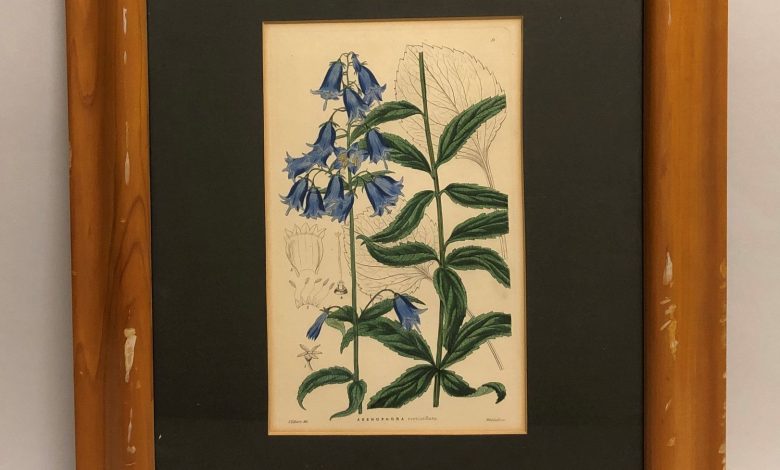
Daud Kamal (1935-1987) was indeed a renowned Pakistani poet. He was born in Jalandhar, British India (now part of present-day Punjab, India) and later moved to Pakistan after the partition. Daud Kamal wrote in both Urdu and English and is known for his thought-provoking and introspective poetry.
Kamal’s poetry often delves into themes of love, loss, identity, and the human condition. His poetic style is characterized by its simplicity, clarity, and a keen sense of observation. His work has been appreciated for its emotional depth and philosophical musings.
Brief Summary of poem “Reproductions”:
Here is a brief stanza by stanza Summary of what writer talks about in the poem “Reproductions”.
1st Stanza
The poem starts with the poet observing the Mughal miniatures and Gandhara sculptures. These miniatures were cut out last year and were displayed last year along with the Gandhara sculptures.
The poet further explains that these pieces of cultural heritage were only bought and placed for making a song. One can interpret that the poet criticizes the system in which these pieces of cultural heritage are only bought and displayed by the people to make songs
2nd Stanza
In the second stanza, the poet observes many other different miniatures and sculptures. Upon seeing a miniature the poet remembers the adventure of Prince Siddharta later known as Buddha, who at the time of night with his royal servant and head charioteer, Channa saw the four sights.
They both traveled past the old Tajiks who at that time were enjoying their tea in the tent. This historic allusion is employed by the poet to emphasize the quest of Prince Siddhartha Gautama who from a very early age was isolated by his father in their house.
He with his head charioteer, Channa, for the first time at the age of 29 traveled out of his house and saw the four sights which were symbolic of human suffering i.e. an old man (symbolic of aging), a sick person (symbolic of disease), a corpse being carried to cremation (symbolic of death) and a monk in meditation beneath a tree.
3rd Stanza
In the last stanza, the poet sees a painting of almond blossoms and a crow that was carved out of ebony (dark wood) pushing itself through the rain. Upon seeing these paintings which present a story of their won the poet points out that he can only observe these miniatures, paintings, and sculptures and remember the glorious past.
Lastly, the poet points out how he is sitting alone and scratching the rust off the coin. This scratching off the rust is significant as it is a metaphor employed by the poet. The poet by observing these pieces of cultural heritage is in fact scratching the rust off from these glorious stories of the past.
Detailed Analysis of poem “Reproductions”:
Daud Kamal’s poem “Reproductions” is a powerful and evocative work that explores the themes of time, memory, and loss. The poem is set in a museum, where the speaker is surrounded by reproductions of Mughal paintings and sculptures.
As the speaker gazes at these works of art, they are transported back in time, to a world that is now lost. The poem is full of rich imagery and symbolism, and it offers a moving meditation on the nature of time and memory.
One of the most striking things about “Reproductions” is its use of imagery. The speaker describes the paintings and sculptures in great detail, and their descriptions are full of vivid sensory imagery.
For example, in the first stanza, the speaker describes the “blue of the sky” and the “white of the clouds” in a Mughal painting.
The speaker also describes the “softness of the skin” and the “warmth of the eyes” in a sculpture of a Mughal princess. This imagery helps the reader to visualize the paintings and sculptures, and it also helps to create a sense of atmosphere and mood.
Another striking feature of “Reproductions” is its use of symbolism. The paintings and sculptures in the museum are not just objects of beauty; they are also symbols of the past.
The Mughal Empire was a powerful and prosperous empire that ruled over much of the Indian subcontinent for over three centuries. However, the Mughal Empire eventually collapsed, and its legacy is now largely forgotten. The paintings and sculptures in the museum are a reminder of this lost empire, and they also serve as a reminder of the passage of time.
“Reproductions” is a poem that is both beautiful and thought-provoking. It is a poem that will stay with the reader long after they have finished reading it. The poem is a reminder of the power of art, and it is also a reminder of the importance of remembering the past.
Major Themes in Poem “Reproductions”:
The poem “Reproductions” by Daud Kamal explores some main themes,
The loss of history and culture
The poem begins with the speaker describing a collection of reproductions of Mogul miniatures and Gandhara sculptures. These are both important cultural artifacts from South Asia, but they are also copies of original works that have been lost or destroyed. The speaker’s collection is a reminder of the loss of history and culture that has occurred over time.
The fleeting nature of beauty
The poem also explores the fleeting nature of beauty. The miniatures and sculptures in the speaker’s collection are beautiful, but they are also fragile. They are made of paper, paint, and stone, materials that are easily damaged or destroyed. The speaker’s collection is a reminder that beauty is fleeting and that it is important to appreciate it while it lasts.
The power of art
Despite the loss of history and culture, and the fleeting nature of beauty, the poem suggests that art can still have a powerful impact on people’s lives. The speaker’s collection of reproductions is a reminder of the beauty and power of art. It is a source of comfort and inspiration for the speaker, and it can be a source of comfort and inspiration for others as well.
The importance of memory
The poem also suggests that memory is important. The speaker’s collection of reproductions is a way for them to remember the past and to connect with their cultural heritage. Memory is a way to preserve history and culture, and it is a way to connect with the people and events of the past.
The passage of time
The poem is full of images of time passing, such as the falling almond blossoms and the crow pushing itself through the rain. The reproductions of Mogul miniatures and fragments of Gandhara sculpture are also symbols of the past, as they are copies of original works that have been lost or destroyed.
The search for meaning
The speaker of the poem is a collector, and he seems to be searching for meaning in his life through his collection of objects. However, the objects themselves are not enough to provide him with meaning, and he is left feeling empty and unfulfilled.



